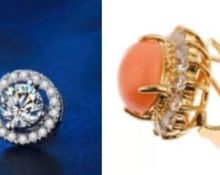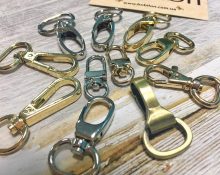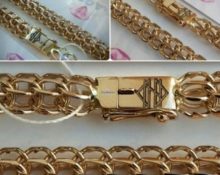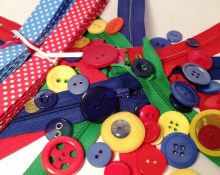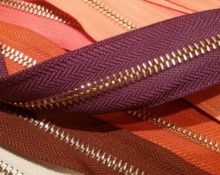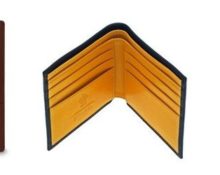When purchasing or creating jewelry, first of all, their appearance, material of manufacture, and decorative elements are evaluated or considered. But an important factor in ease of use is the clasp. Often it is this that determines the comfort when putting on and wearing jewelry for a long time, so it is important to choose the appropriate version of this element for yourself at the initial stage.
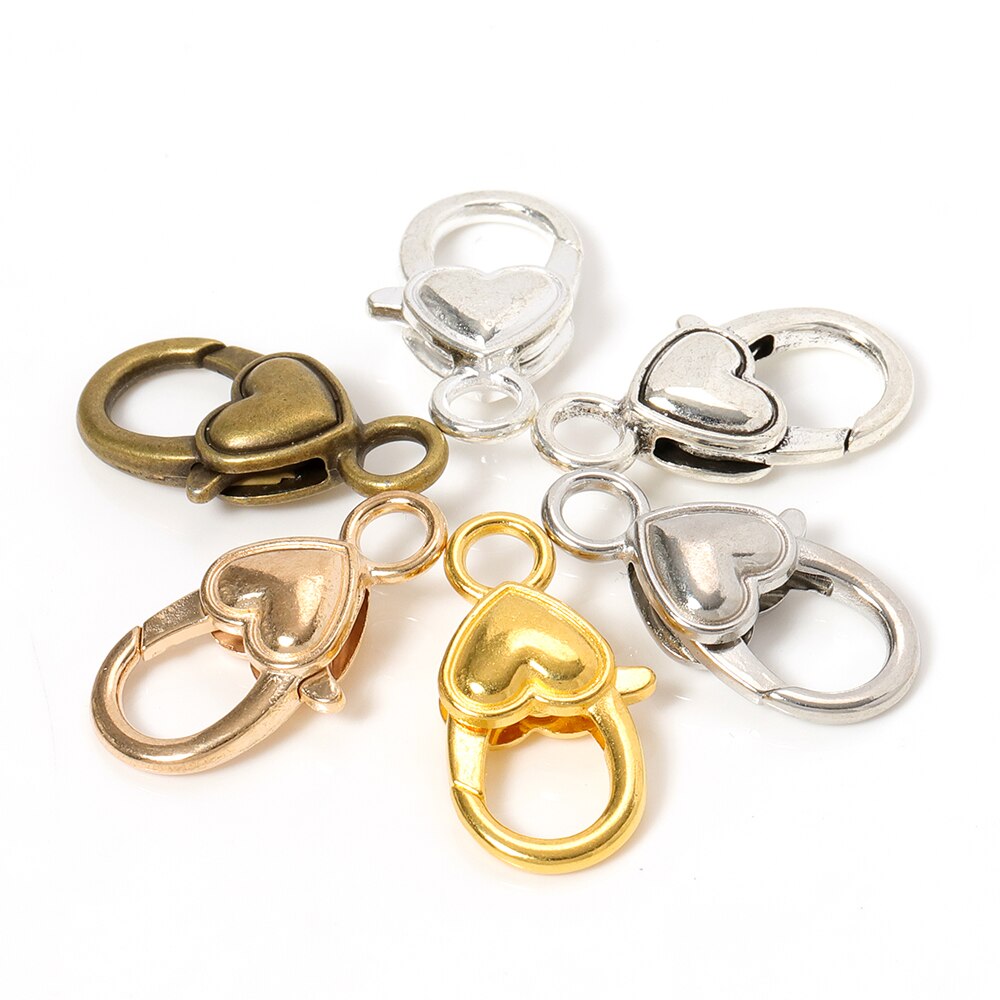
Main types of clasps for jewelry
Various products, of course, have specific fastenings that are unique to their specific type. But in general, all of them can be combined into several of the most common categories:
- locks;
- fasteners;
- hooks
I will tell you in more detail about all the varieties of these important details below, combining them into groups according to the types of the most common jewelry in which they are used.
Important! Make sure the lock does not scratch your skin or catch on your clothing. The low level of comfort when wearing even the most amazing jewelry will force you to stop using it over time.
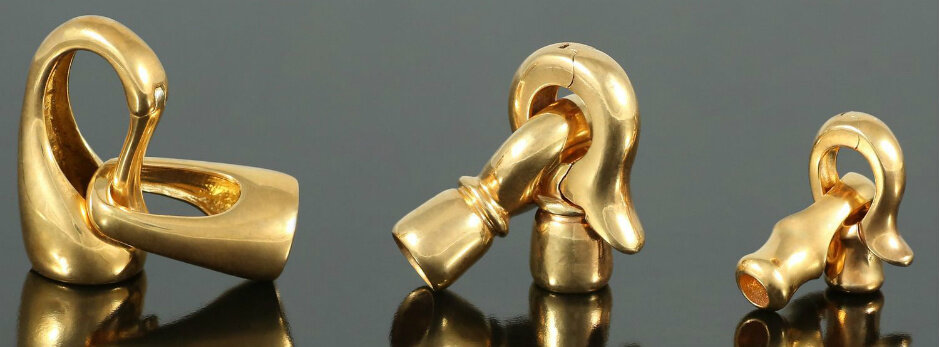
Bracelets
Choosing a clasp (lock) for this jewelry categories depends on a lot of factors: from the size and weight of the product to the style in which it is made. The most commonly used lock models are:
- Springel - a version with a round spring latch, the most common. These are reliable miniature elements that weigh very little. Due to its small size, it is quite difficult to handle this fastener yourself.
- Toggle. It is a “broad-shouldered” T-shaped pin threaded through a ring, which fixes the jewelry on the hand using tension force. The diameter of the ring is less than the length of the pin, so this element can only fit into it at an angle. This is the simplest but most reliable fastener that was used hundreds of years ago. Otherwise called “crutch”, it is more often used in ethnic style. The main feature is that the width of the bracelet cannot be adjusted, so you will have to carefully select the size so that the jewelry does not fall off your hand.
- Carabiner lock. It is similar to springel in its mechanism of action, but looks a little different. It resembles a light bulb in shape, but is more reliable and can withstand more weight. More convenient to use, usually made by hand and repairable.
- Screw lock. One of its elements is screwed into another - a fairly simple mechanism. You may need help putting the bracelet on. If you often put on and take off jewelry with such a lock, it will quickly wear out.
- Box lock. Can withstand a lot of weight and is very reliable. In it, a latch in the form of a bar with notches fits into a box with a hole and is fixed there. It can have different shapes, is difficult to manufacture and, accordingly, not cheap. Often strengthened with fixatives.
- The hook-lock is held in place by tension.A hook with an extremely narrow space between the sides clings to a similar element or ring.
- Hinged lock. A nail-shaped pin is inserted inside to secure the connection. Typically used in link bracelets or rigid one-piece options.
- Buckle. A similar mechanism is common in wristwatches. It is easy to fasten it, but it is also easy to disconnect it - there is a considerable risk of losing the product.
- Clip, also known as a barrel. It is very easy to fasten even with one hand and is extremely reliable. Often found in Pandora jewelry.
- Magnet. Inside such a lock there are magnetized elements (sticks or balls). Very comfortable, but with enough force it can open up. Used for light decorations.
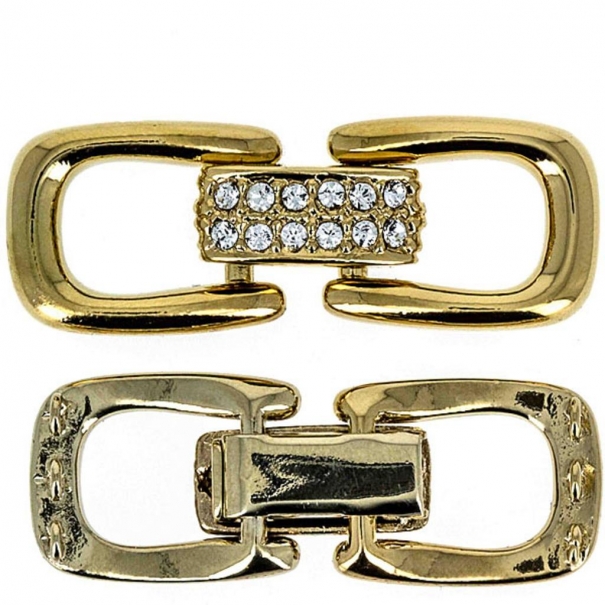
Chains
In fact, almost all of the bracelet clasps described above are used and for chains. Screw locks and box locks have taken root much better in these products. Virtually no magnets, hinged structures or buckles are used. The greater the weight of the product, the more reliable the fastener should be chosen, because... gravity works much more effectively with chains than with bracelets.
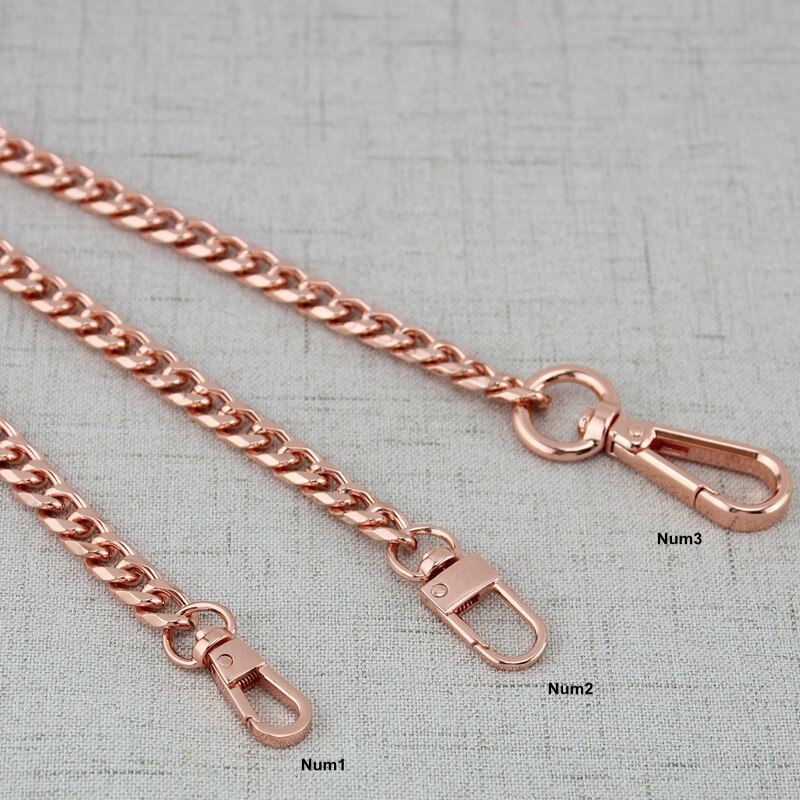
Brooches
These decorations are attached to clothing or accessories using different types of fasteners.
- Pin. A very simple option, it is securely fixed on any material, and most importantly, it remains invisible.
- Safety pin. Jewelry with this type of clasp is also great to wear and is even easier to attach to things. This option will not hide on the wrong side, but will become part of the brooch.
- Barrette. Makes it a more universal decoration, since, in addition to fixing it on the fabric, it can be fixed in the hairstyle.
- Needle. On one side of this clasp there is a brooch, on the other there is a point, which is hidden in a clip, allowing you not to be afraid of an injection.
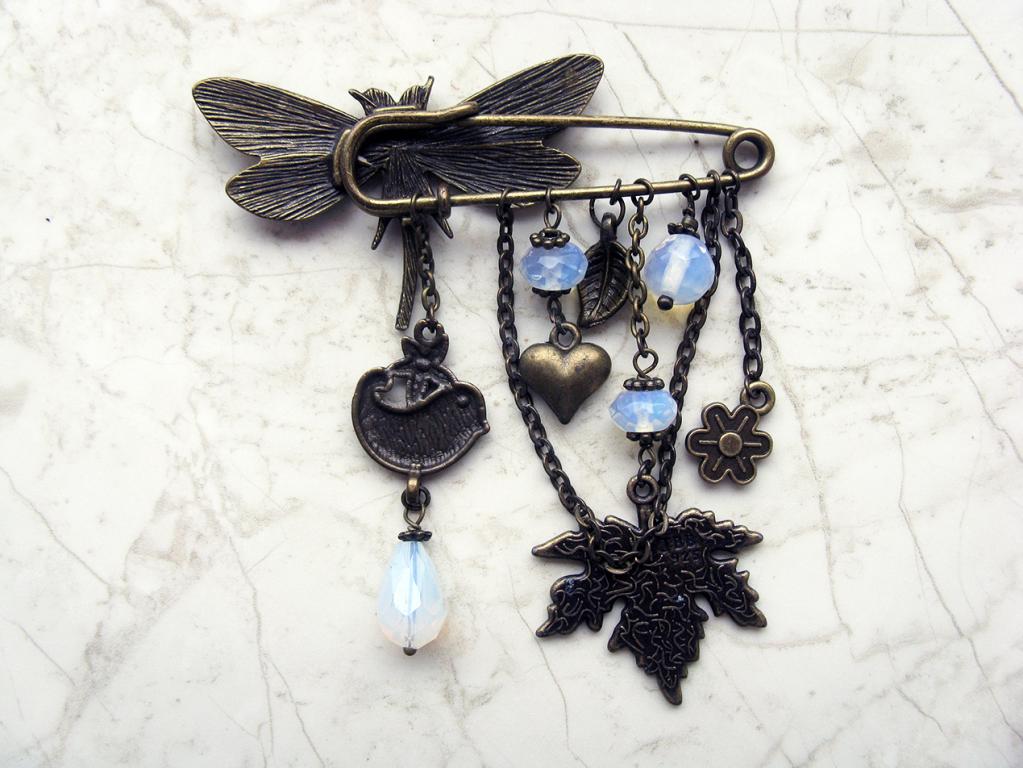
Other
It is worth mentioning such purely masculine jewelry as cufflinks and a tie clip. Usually used on shirts with double cuffs and come with the following fastening options:
- Rotating pin - equipped with a bullet-shaped capsule; after inserting into the hole, it rotates.
- Flat mount - similar to the clasp on stud earrings, but movable to fit into a cufflink slot.
- Rods or rigid couplings. They resemble two buttons in different designs, connected by a chain or flexible ligament.
- Threaded fastening - looks like stud earrings on a thread.
A tie clip is often included with cufflinks—essentially, a pin that connects the top of this item of clothing and the shirt between the fourth and third buttons. A woman's necklace - a weighty necklace - is usually attached to the most durable clasps, which I have already listed for bracelets and chains. But sometimes it can be mysteriously put on without any fastenings: some models are wrapped around the neck in a special way, allowing you not to worry about possible loss.
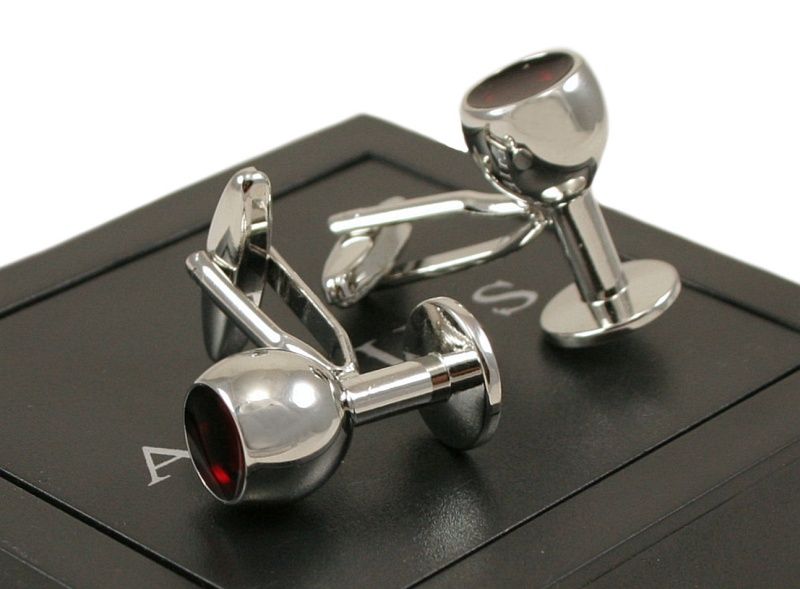
@panin1976.livejournal.com
The variety of decorations prompted the invention of various fasteners for them. Everyone will be able to choose the most comfortable option that matches the dimensions of the necklace, earrings or bracelet.


 1
1